Just when things seemed to be turning a corner into a slightly more optimistic future, The New York Times broke the news that "private" forecasts provided by the Centers for Disease Control to the White House show a startling, distressing road ahead: 200,000 new COVID-19 infections a day in the U.S. by June 1, and 3,000 daily deaths.
The news came hours after President Donald Trump appeared on national television and offered his prediction of about 100,000 total deaths – a prediction undone by the CDC model, which the White House said had not been vetted by its coronavirus task force, led by non-scientist Mike Pence.
It doesn't matter. Either number is alarming and grim. Either number shocks the rest of the world. The United States has fallen to its knees over a virus that has been contained – sometimes with a high death toll, often not – by other countries around the globe.
The last two months have been inconceivable for every American and catastrophic for many, who have faced loss, death, despair and hopelessness at a level we like to think we've never experienced before.
America's response to the COVID-19 pandemic does have a disturbing precedent: gun violence. "Seems easy to prevent!" Times opinion columnist Charlie Warzel wrote in a series of tweets, correctly noting that "others have!" But the strange evolution of our uniquely American notion of liberty insists that certain, select "freedoms" be allowed, unchecked and unencumbered even by common sense.
The result? "I imagine that we'll just … get used to a certain number of deaths happening as we do w/gun violence/school shootings," Warzel wrote.
Before COVID-19, the University of Washington's Institute for Health Metrics and Evaluation regarded gun violence as "one of the great public health crises of our time," and noted that half of global gun deaths in 2016 (the last year full data were available) occurred in six countries in the Americas, including the United States.
Calls for stricter gun-control laws have been met with swift, vocal, often angry opposition – with a major rally against gun-control measures happening in Virginia in January, just before the outbreak of COVID-19. The Second Amendment is continually held up as inviolable, and the result has been that Americans have had to cope with the painful, lingering sorrow of death after death after death.
Now comes COVID-19, and swift, vocal, often angry opposition that has led to shockingly large rallies to force the government to "reopen" the country despite the recommendations of doctors, scientists, public-health experts – even the White House's own guidelines.
Whether these efforts are truly grassroots or are examples of "astroturfing," the practice of hiding the true identity of organizers and their profit- or politically driven motives, is open to debate. But what is clear is this: these "defiant" protestors are distorting the notion of freedom and liberty.
Acts of defiance are at the root of who we are as a nation – but not malicious ones, not acts that are designed to harm others. Civil disobedience does not equate with a lack of responsibility, but a lack of responsibility is endemic to the particular problem at hand. It begins at the top, with Trump disavowing knowledge, disputing the warnings he received, and steadfastly refusing to accept the responsibility that comes with being a leader.
But being American also requires responsibility. Our core ideals are to provide "liberty and justice for all." When that notion falls away, we are left empty-handed and empty-hearted.
As Warzel points out in his tweets, the only option left is for those who do accept responsibility –for those who are willing to accept sacrifices (even the greatest, most awful ones) restrictions as a fair trade for their long-term security – to suffer for the sake of those loud, angry few.
For more than two centuries, we have struggled with the violent, deadly legacy of gun violence because the right to own guns is enshrined in the constitution. But the right to illness? The right to death by preventable disease? Those rights seem nowhere to be found in that document. Among the civil liberties in the Bill of Rights, or which have been added to the constitution, the right to subject others to the ravages of disease seem noticeably absent.
The overwhelming majority of Americans who are abiding by stay-at-home orders, who are sacrificing their jobs, their livelihoods and often their own healthy and security to ensure that others are safe and well, do not need to accept a future in which COVID-19 or any other disease is forced upon us by those crying for "freedom."
We face a future in which we can emphasize the obligation to protect both ourselves and others, to require a bare minimum of safety and security standards be developed and enacted to protect all Americans.
We do not need to move into the future with fear, facing daily anxiety that the reckless actions of a few will endanger the lives of millions. It is our responsibility as Americans to ensure that kind of a future can never happen. That neither begins or ends with choices we make in November; it begins with choices we make now, to act up, to be heard, to let our voices be known on social media and elsewhere – to ensure that we are as loud, as passionate, as forceful in our own views as others have become.
We do not have to "get used" to COVID-19. We have seen enough death.
In the 1980s, AIDS activists working for a cure had a slogan, one we can remember now. "Silence = Death." It is not a time for silence.
J. Joseph Watson is a writer and former journalist, who has worked for daily newspapers in Ohio, Texas, Florida, Pennsylvania, California and Oregon. He is a graduate of the Annenberg School for Communication and Journalism at the University of Southern California.















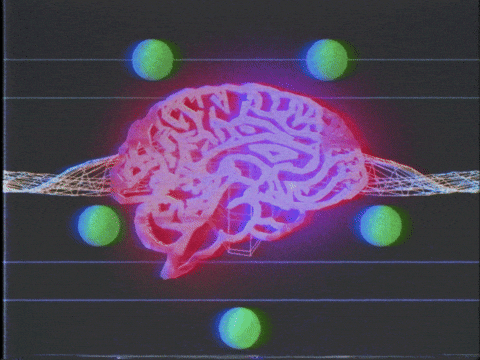 Big Brain GIF by Jay Sprogell
Big Brain GIF by Jay Sprogell
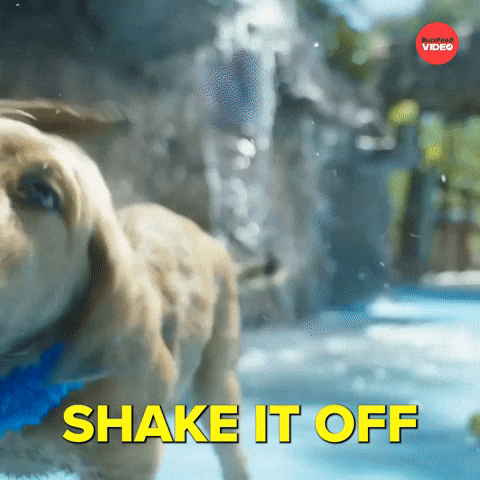 Shake It Off Wet Dog GIF by BuzzFeed
Shake It Off Wet Dog GIF by BuzzFeed
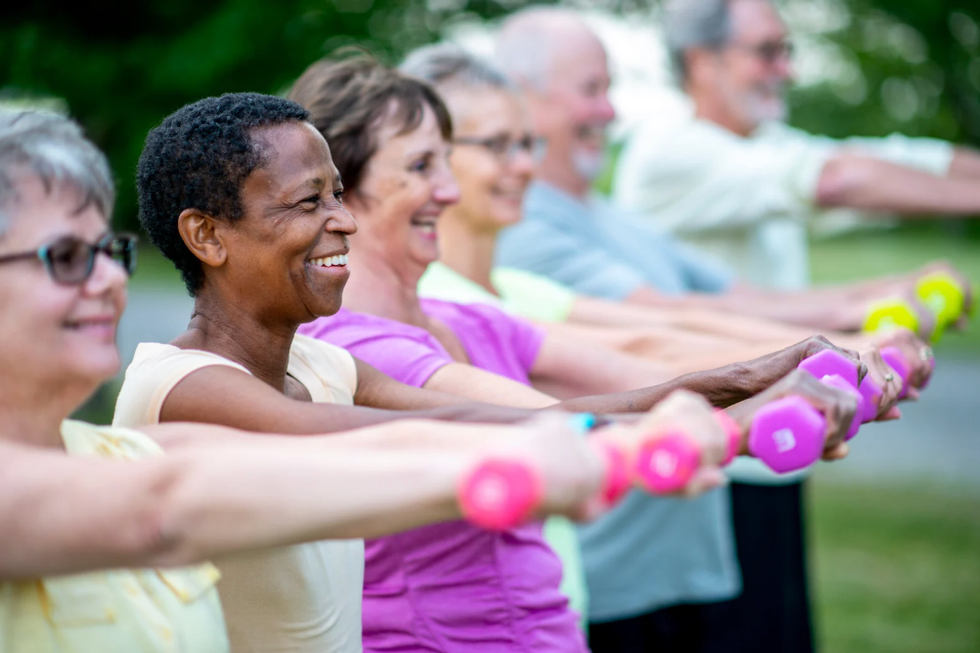 Working out with friends also makes exercise more enjoyable (and feel quicker).Photo credit: Canva
Working out with friends also makes exercise more enjoyable (and feel quicker).Photo credit: Canva
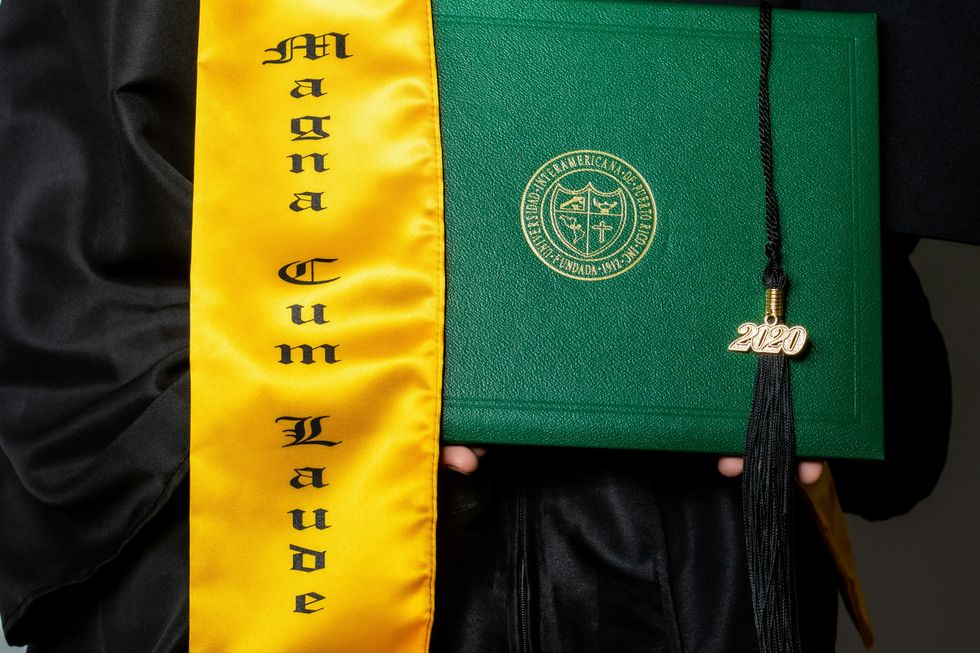 People with Imposter Syndrome can't accept their achievements.
Photo by
People with Imposter Syndrome can't accept their achievements.
Photo by 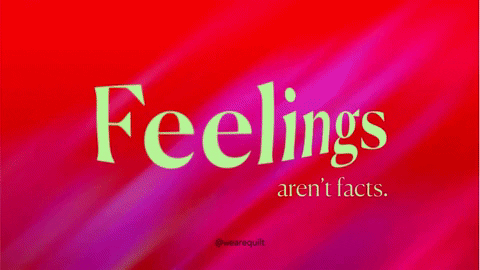 Emotion Feeling GIF by Quilt
Emotion Feeling GIF by Quilt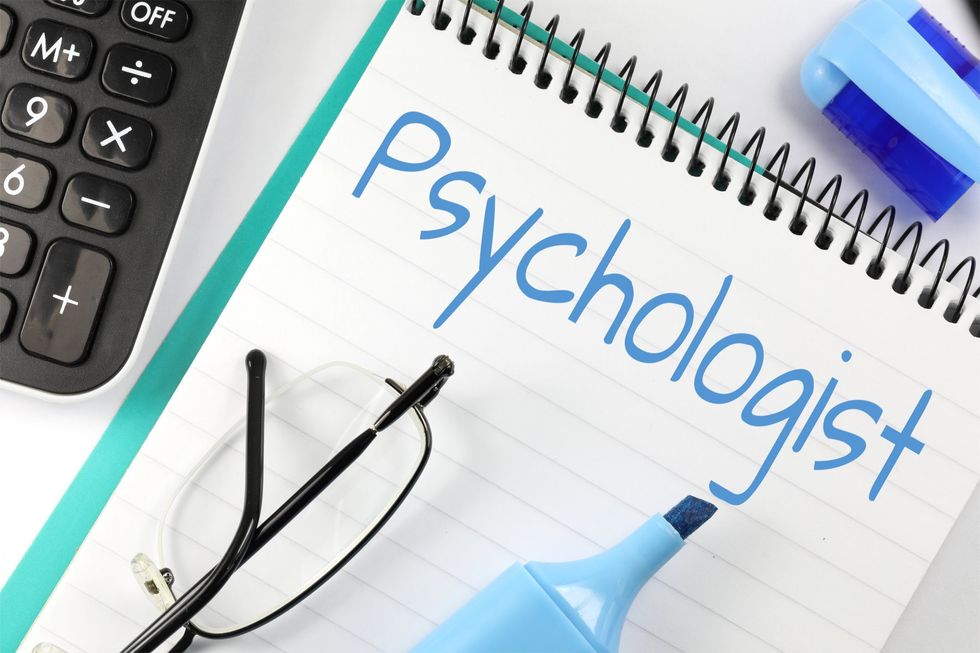 Psychologist - Free of Charge Creative Commons Notepad 1 image
Psychologist - Free of Charge Creative Commons Notepad 1 image
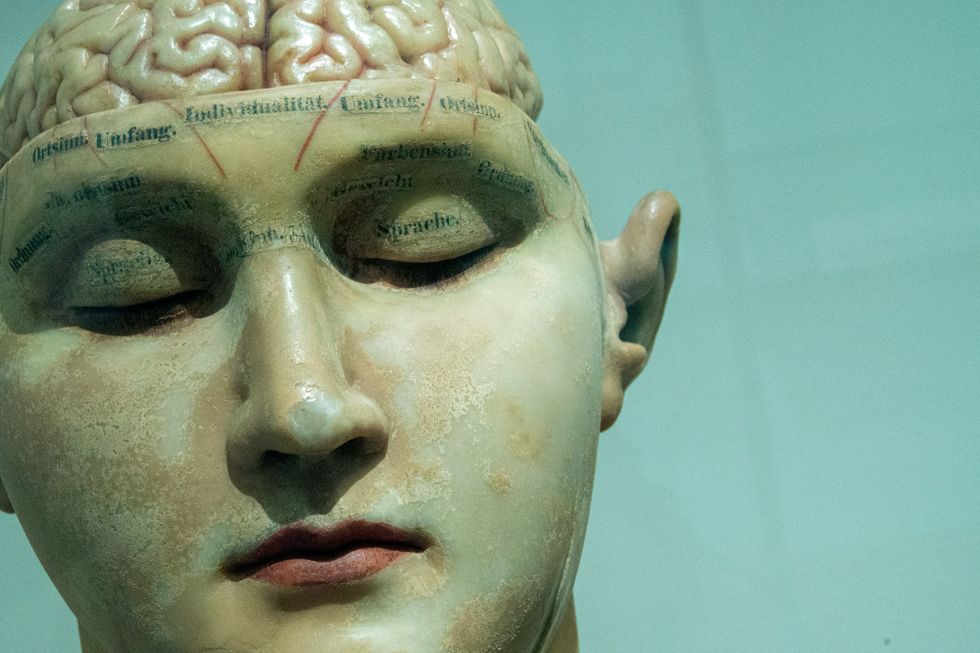 Human anatomy model.
Photo by
Human anatomy model.
Photo by 
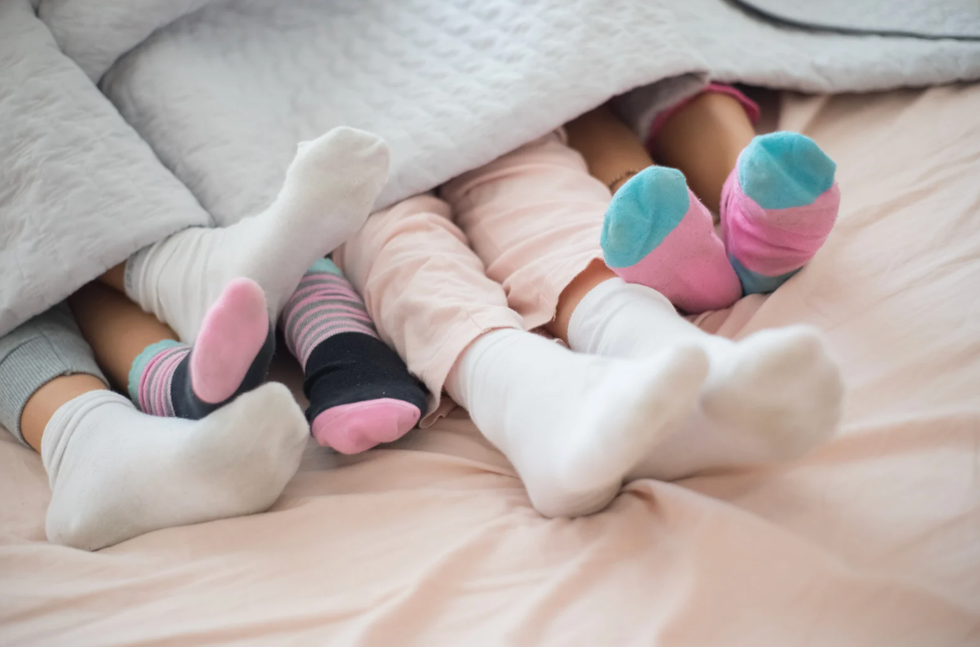 Socks warm your feet, but cool your core body temperature.Photo credit: Canva
Socks warm your feet, but cool your core body temperature.Photo credit: Canva
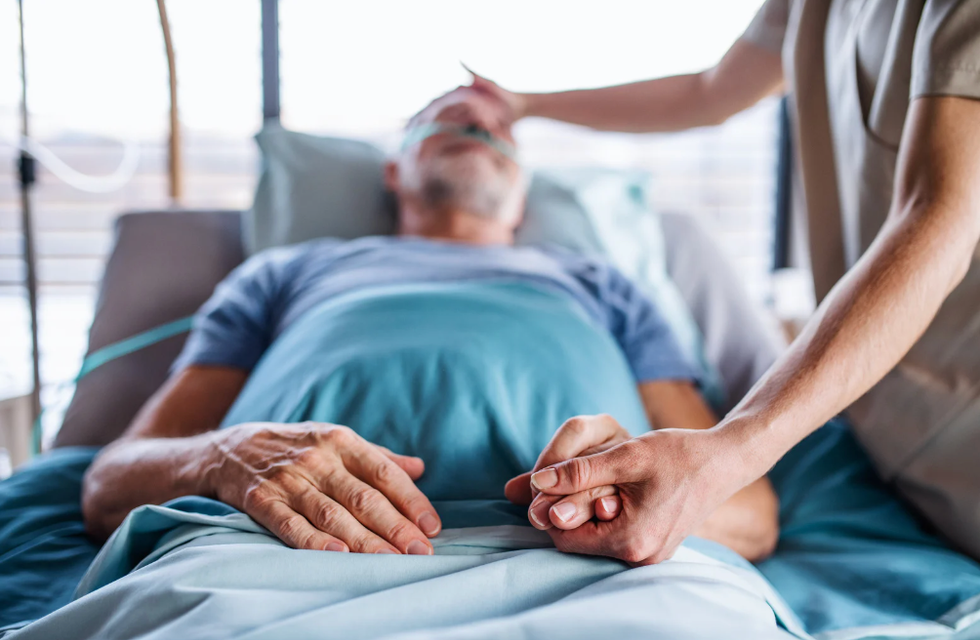 A new t-shirt could open up more hospital beds for patients.Photo credit: Canva
A new t-shirt could open up more hospital beds for patients.Photo credit: Canva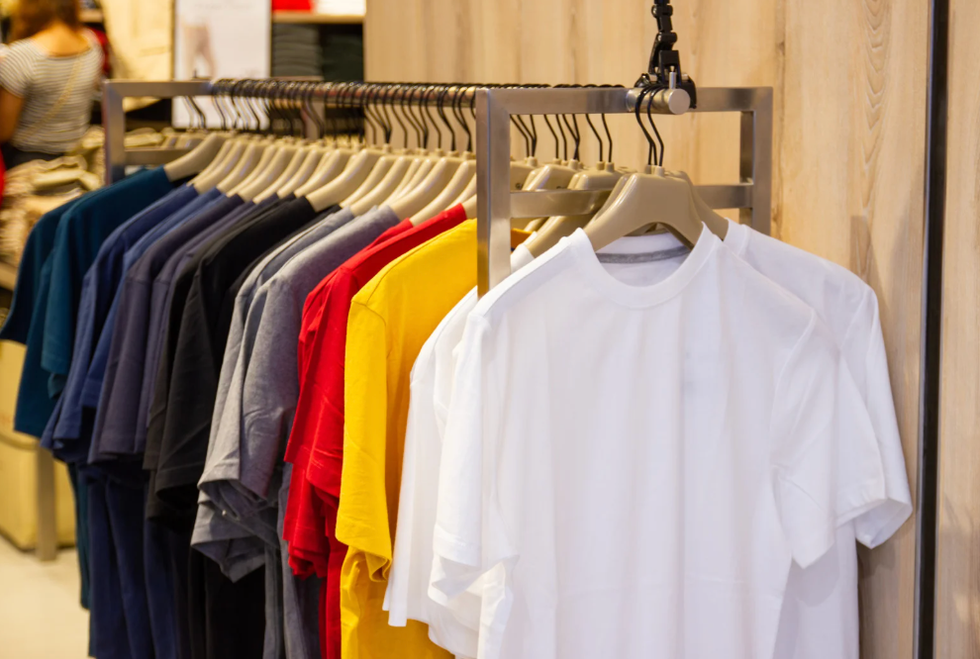 Wearable solutions could be revolutionary.Photo credit: Canva
Wearable solutions could be revolutionary.Photo credit: Canva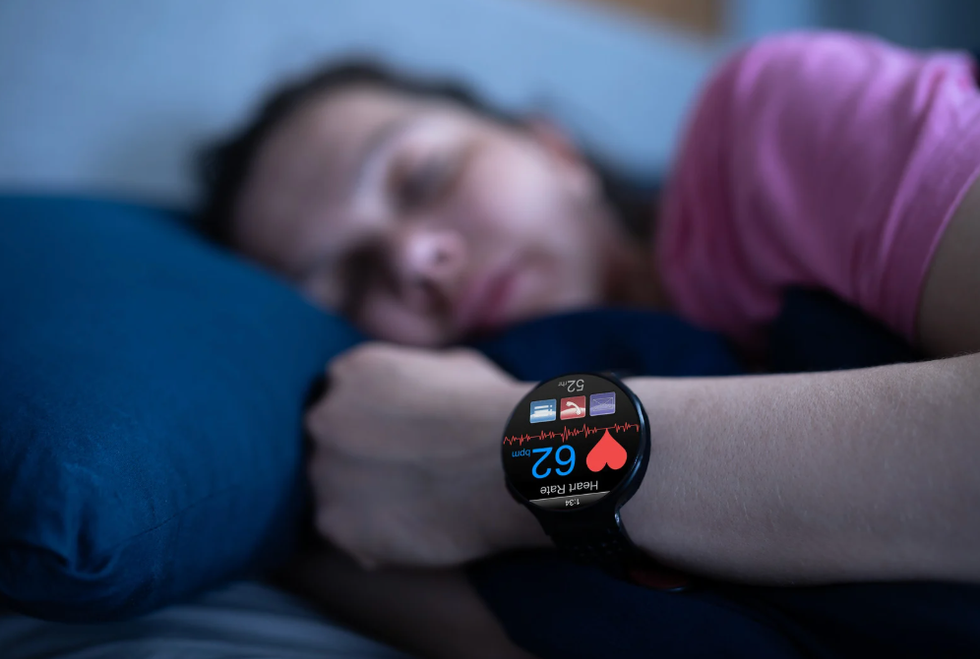 Many wearable tech devices could help you monitor your health.Photo credit: Canva
Many wearable tech devices could help you monitor your health.Photo credit: Canva